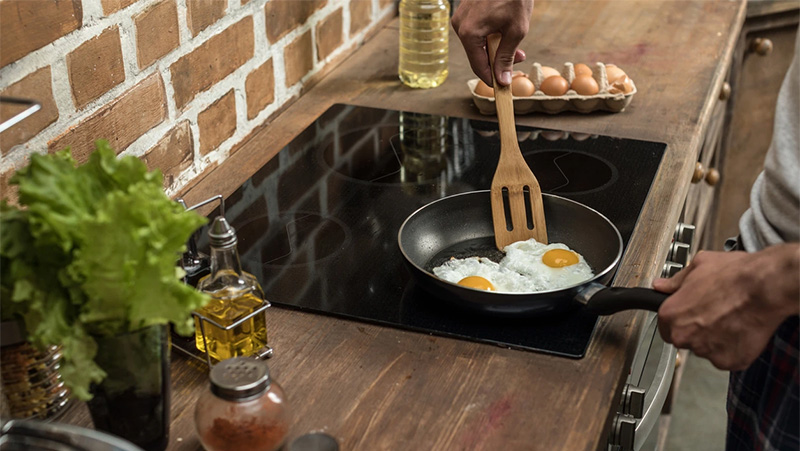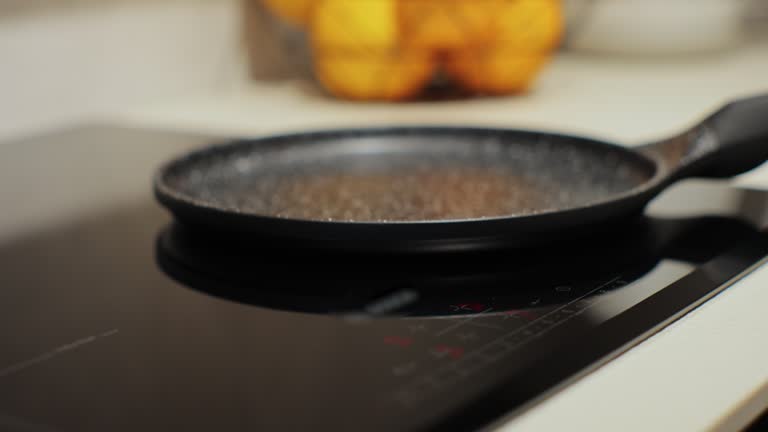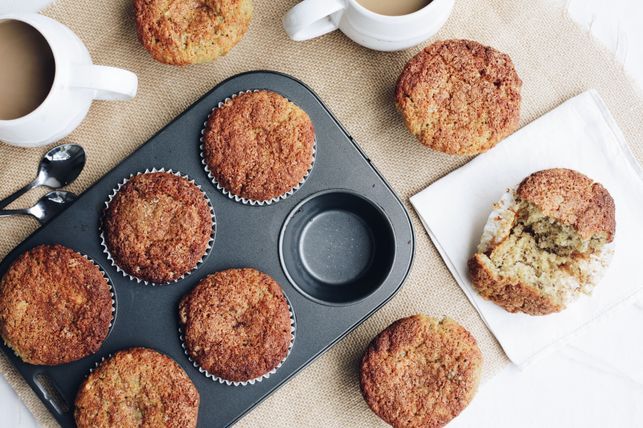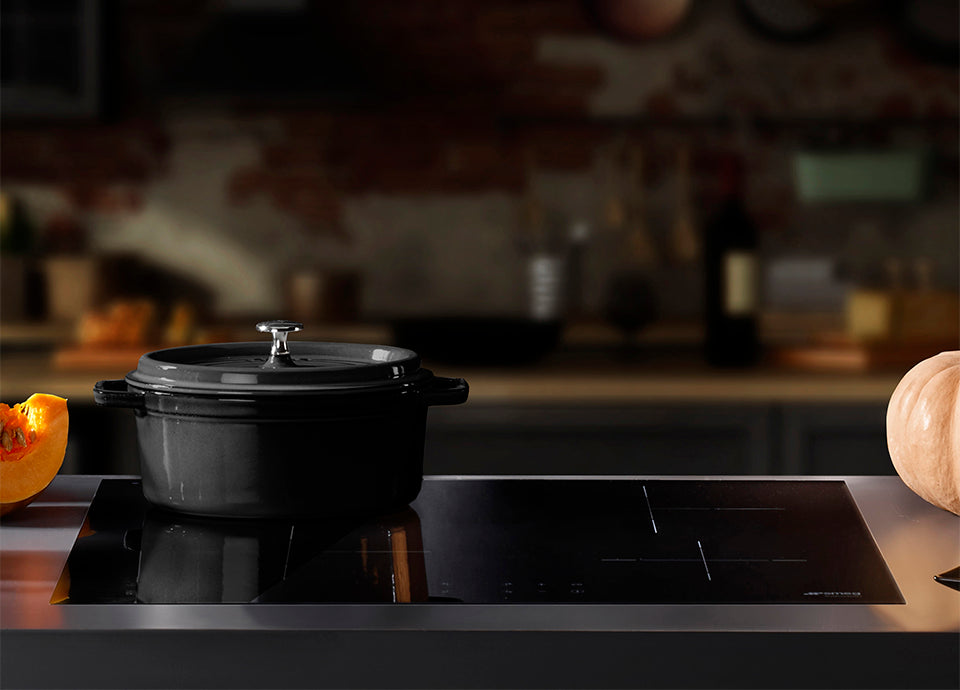In the bustling world of professional kitchens, efficiency and precision are paramount. As chefs and kitchen professionals continually strive to deliver the best culinary experiences, the tools they use play a critical role. One such tool that has gained significant attention is the induction cooktop, renowned for its speed and energy efficiency. However, when paired with cast iron cookware, a staple in many kitchens, questions about its energy usage and efficacy arise. Understanding the energy usage of cast iron on induction is crucial for those looking to optimize their kitchen operations.
Induction cooktops are celebrated for their ability to heat quickly and precisely. They work by using electromagnetic fields to heat the cookware directly, rather than the cooktop itself. This method is not only faster but also more energy-efficient compared to traditional gas or electric stoves. When it comes to cast iron, which is known for its durability and excellent heat retention, understanding its interaction with induction can lead to more informed decisions in the kitchen.

Why Cast Iron and Induction Make a Perfect Pair
Cast iron is cherished in kitchens for its ability to maintain and evenly distribute heat, making it a favorite for searing meats and frying. But when paired with induction cooktops, it can offer even more benefits. The magnetic properties of cast iron make it an ideal candidate for induction cooking. The Lodge Cast Iron explains the compatibility and efficiency of using cast iron with induction cooktops, highlighting how the combination can lead to superior cooking results.
Energy Efficiency: A Closer Look
One of the primary concerns in professional kitchens is energy consumption. Induction cooktops are known for their efficiency because they transfer heat directly to the cookware. This results in less energy wastage, as the cooktop itself remains relatively cool. When using cast iron on induction, this efficiency is further enhanced. Cast iron's ability to retain heat means that once it reaches the desired temperature, it requires less energy to maintain that heat.
According to Field Company, the thermal mass of cast iron allows for consistent cooking temperatures, reducing the need for frequent adjustments and thus saving energy. This is particularly beneficial in professional settings where precision and consistency are key.
Optimizing Energy Use with Cast Iron on Induction
For kitchen professionals, optimizing energy use is not just about cost savings; it's also about enhancing kitchen operations. Here are some tips to maximize the energy efficiency of using cast iron on induction cooktops:
Preheating Techniques
Preheating cast iron on induction cooktops can be done quickly and efficiently. Unlike traditional methods, induction allows for rapid heating. However, to prevent thermal shock and ensure even heating, it's best to start at a lower power setting and gradually increase it. For more insights on preheating, check out how long to preheat a sizzling plate.
Maintaining Temperature
Once the cast iron reaches the desired temperature, reduce the power setting to maintain it. The heat retention properties of cast iron mean that less energy is required to keep it hot. This is particularly useful for dishes that require long cooking times, such as stews or braised meats.
Common Misconceptions and Challenges
While the combination of cast iron and induction cooktops offers many benefits, there are common misconceptions and challenges that professionals may encounter. One such misconception is the belief that cast iron is too heavy for induction cooktops. However, most modern induction cooktops are designed to handle the weight of cast iron cookware.
Another challenge is ensuring that the cast iron cookware is perfectly flat. Induction cooktops require full contact with the cookware to function efficiently. Any warping or unevenness can lead to uneven heating and energy wastage. Regularly checking and maintaining your cast iron cookware is essential to avoid this issue.
Exploring the Future of Induction Cooking with Cast Iron
The future of professional cooking is leaning towards more sustainable and energy-efficient practices. As technology advances, the integration of smart features in induction cooktops will further enhance their energy efficiency. The ability to precisely control heat settings and monitor energy usage in real-time will empower chefs to make more informed decisions.
Moreover, as more kitchen professionals become aware of the benefits of using cast iron on induction, we are likely to see a shift in cooking practices. This combination not only offers energy efficiency but also enhances the quality of dishes, making it a valuable asset in any professional kitchen.

FAQs
Does cast iron work on all induction cooktops?
Yes, cast iron is suitable for all induction cooktops, thanks to its magnetic properties. However, ensuring the cookware is flat is crucial for optimal performance.
How does induction cooking save energy?
Induction cooking directly heats the cookware, reducing energy wastage. It is faster and more efficient than traditional gas or electric stoves.
Is it necessary to preheat cast iron on induction?
Preheating is recommended to ensure even cooking. Induction cooktops allow for rapid preheating, making the process more efficient than traditional methods.
For more insights on optimizing your kitchen techniques, explore sizzling platter vs grill pan and other resources on Culina Cooks.






Leave a comment
This site is protected by hCaptcha and the hCaptcha Privacy Policy and Terms of Service apply.